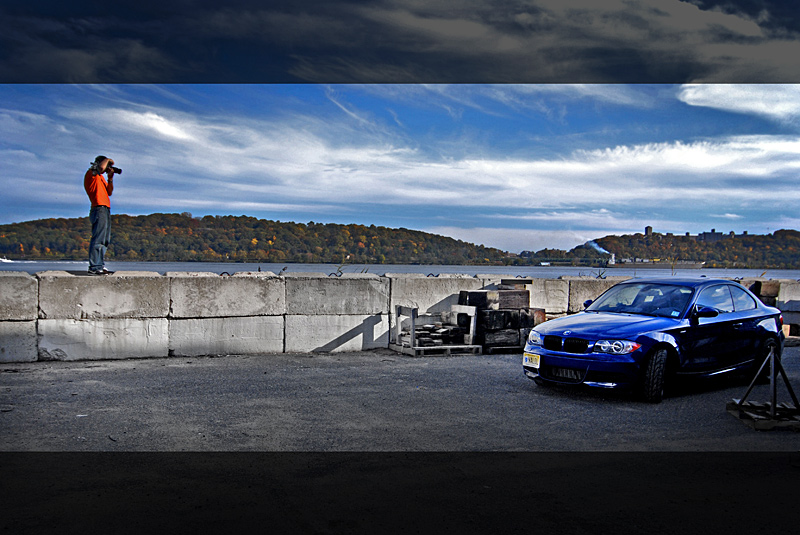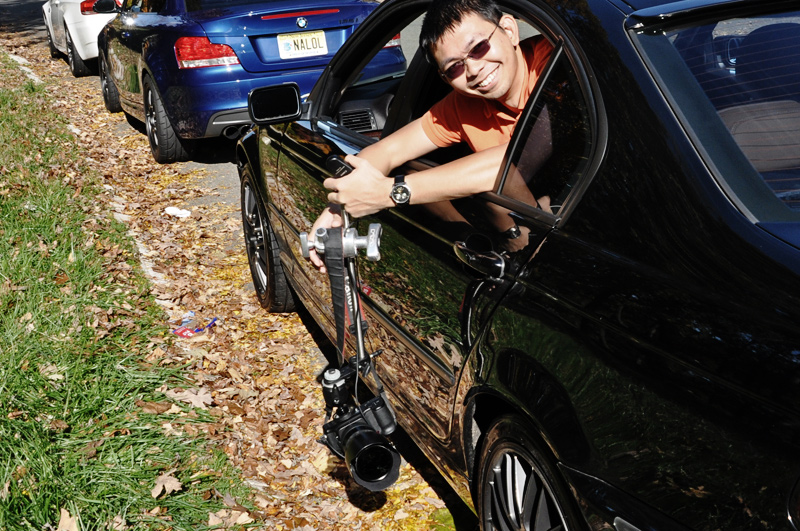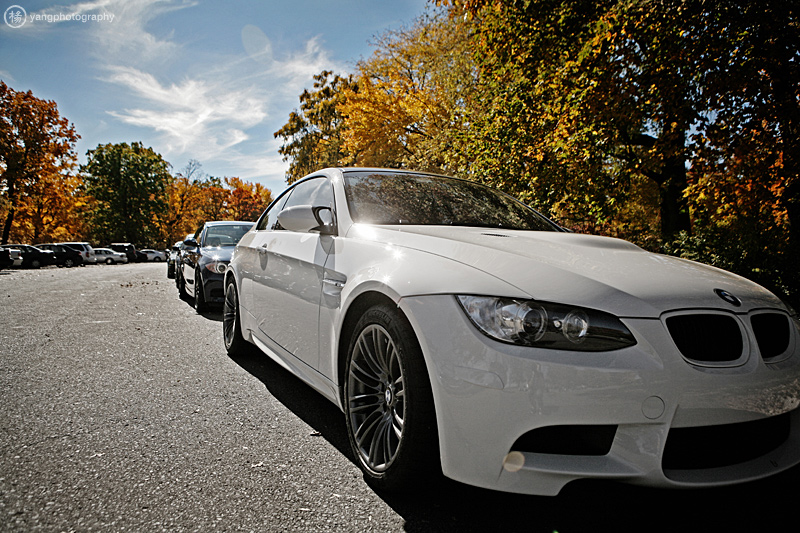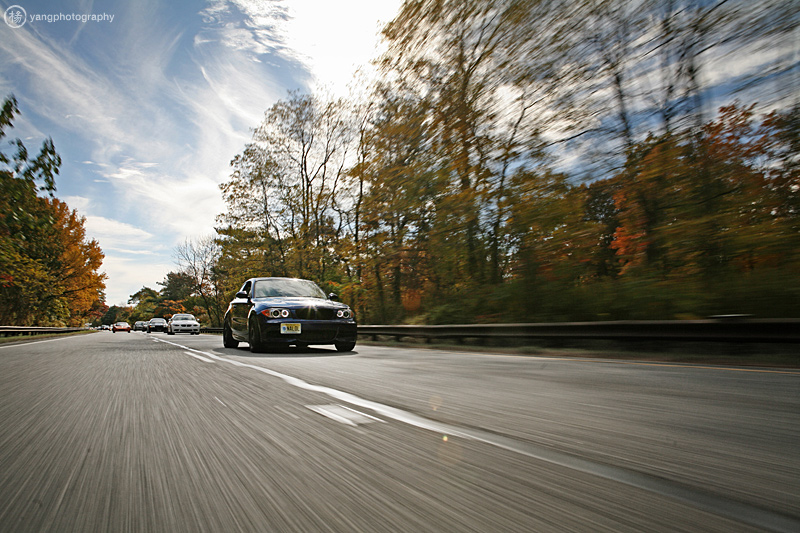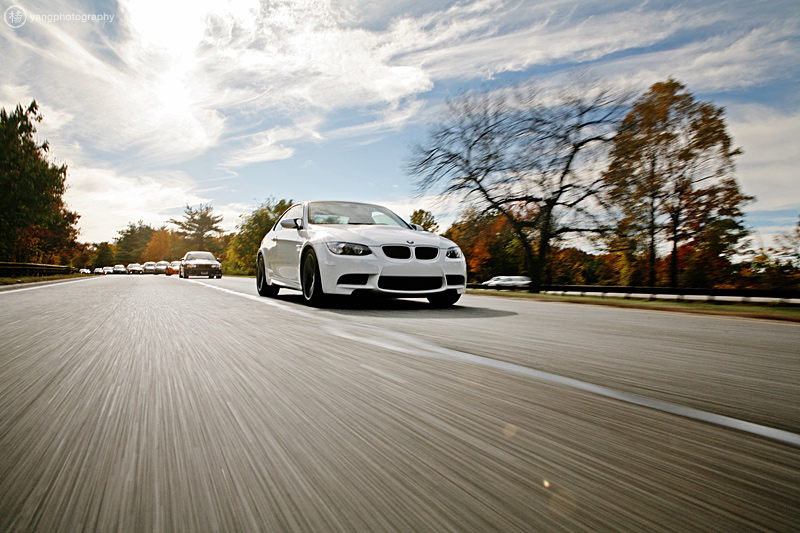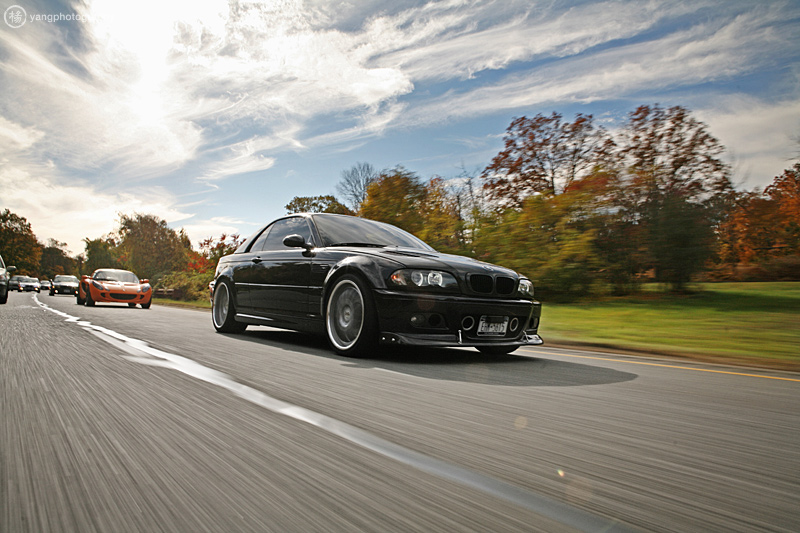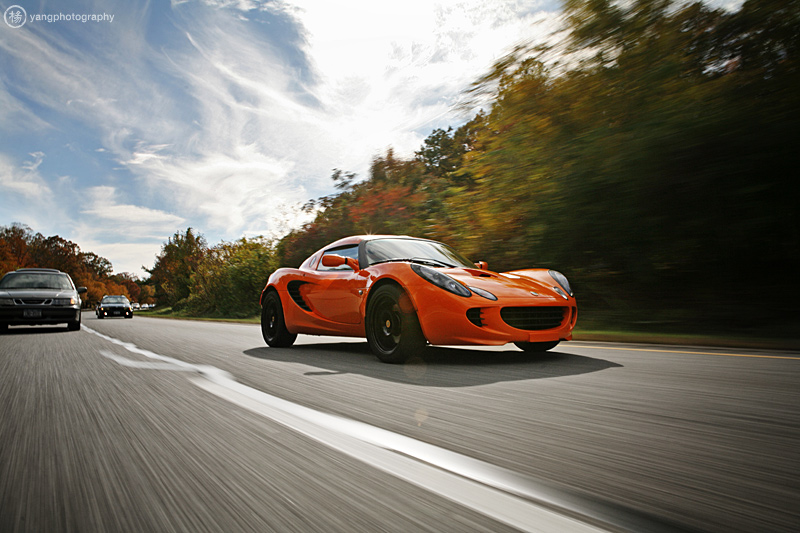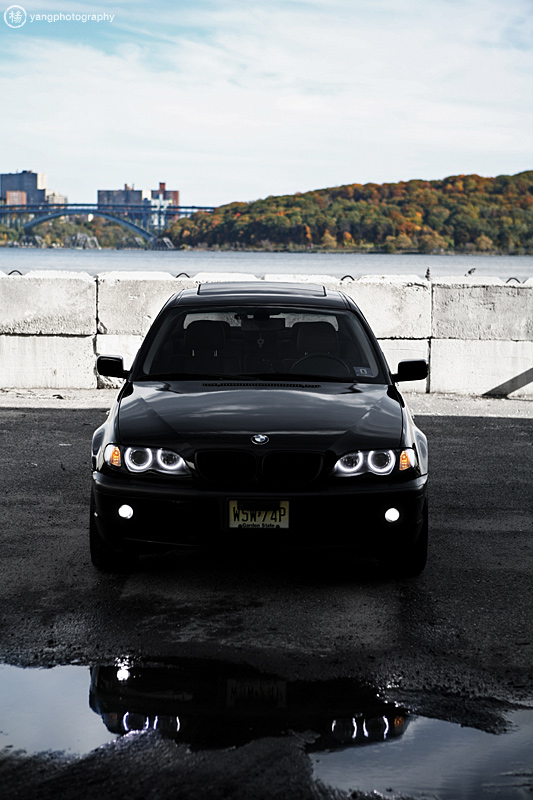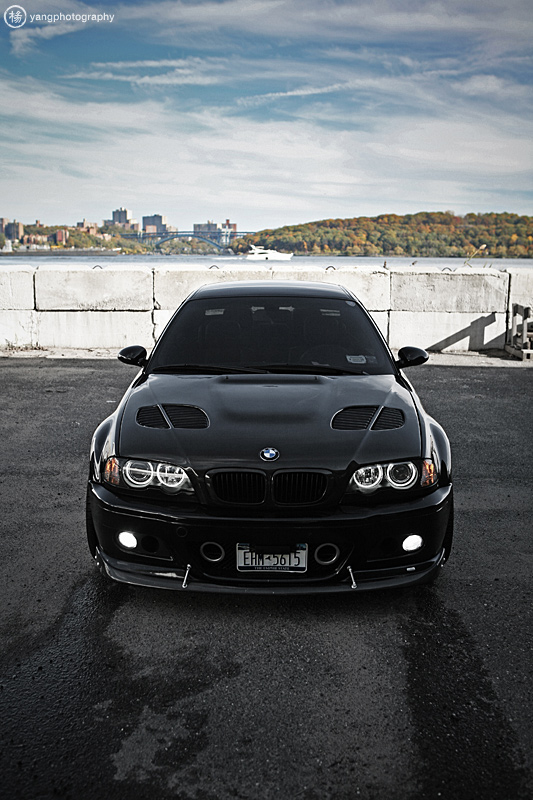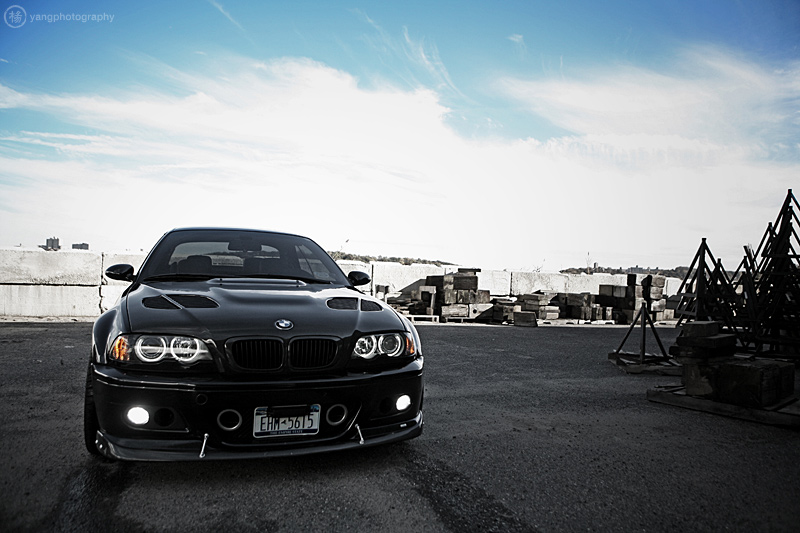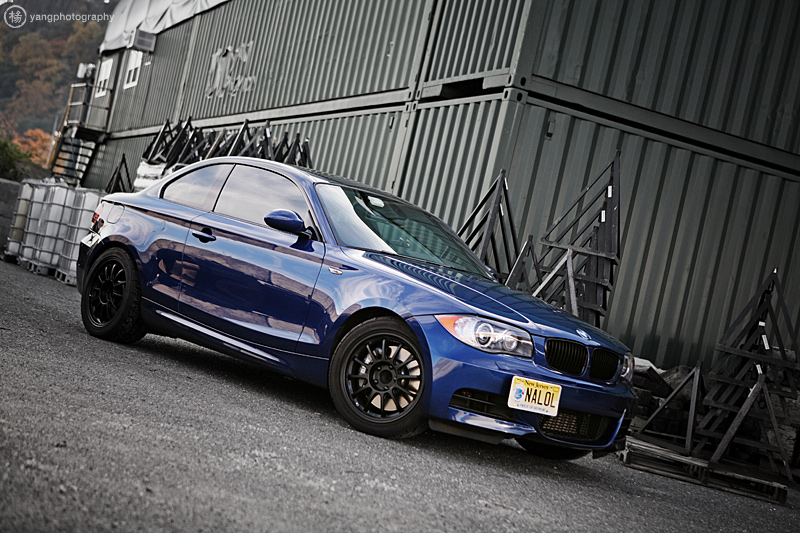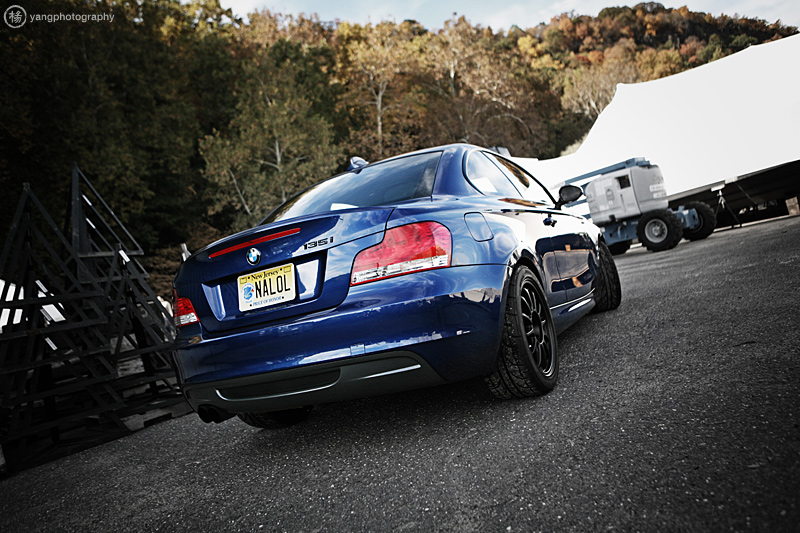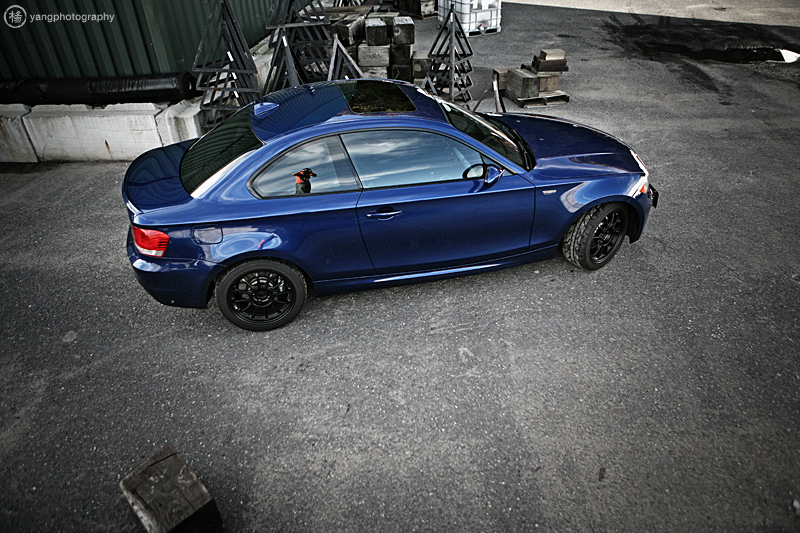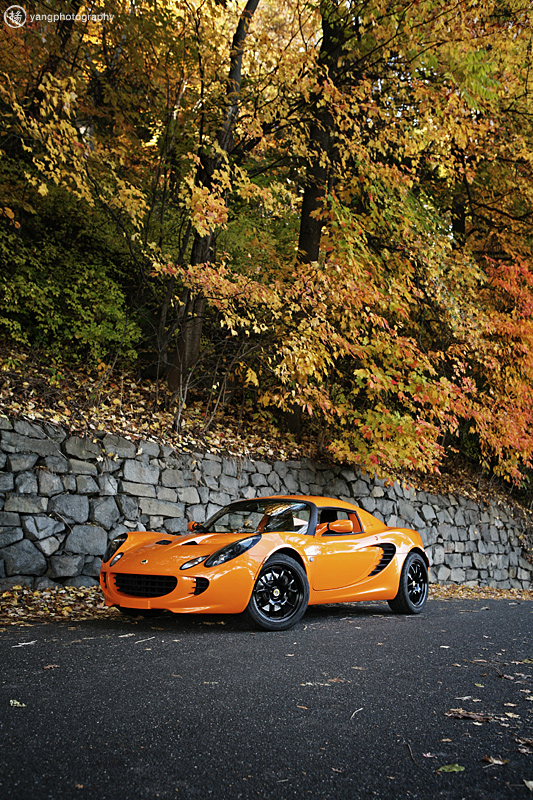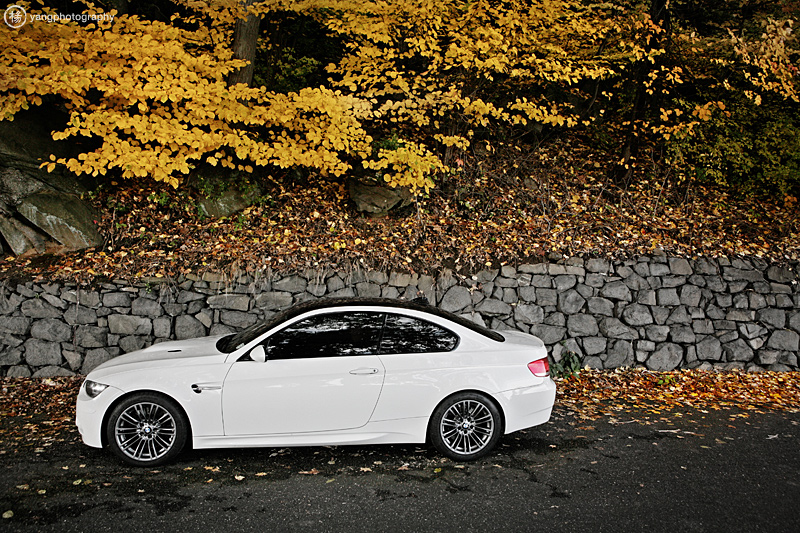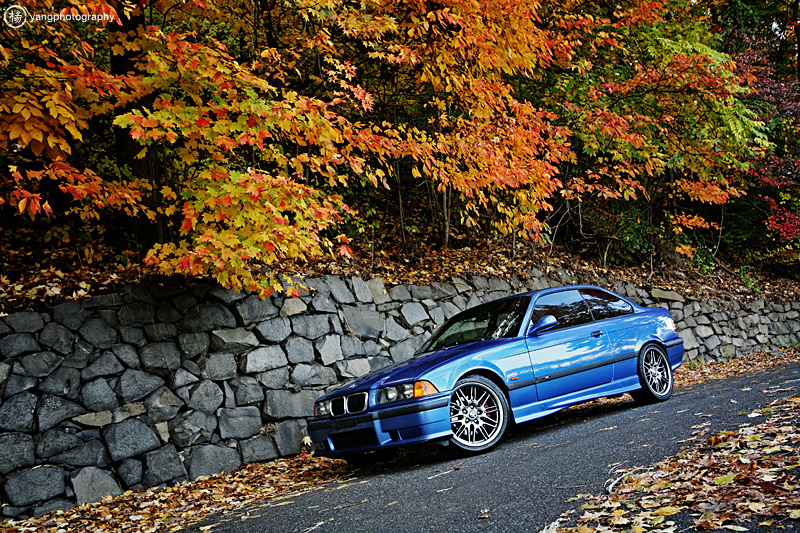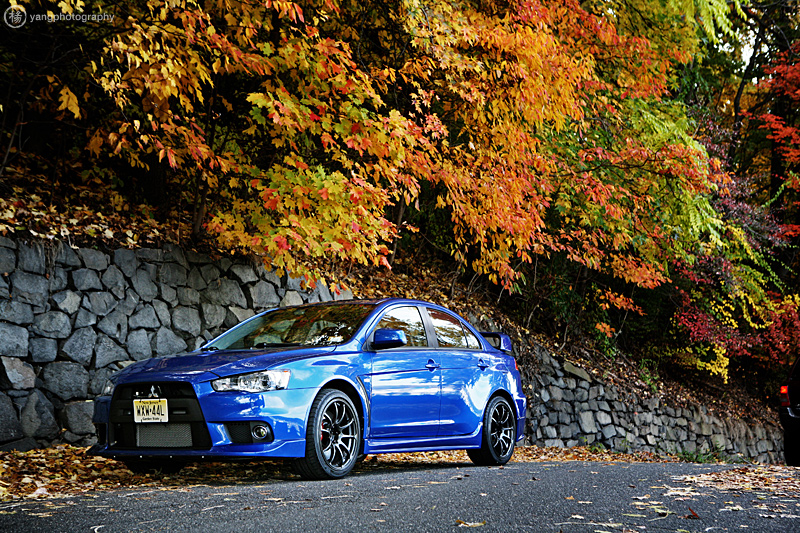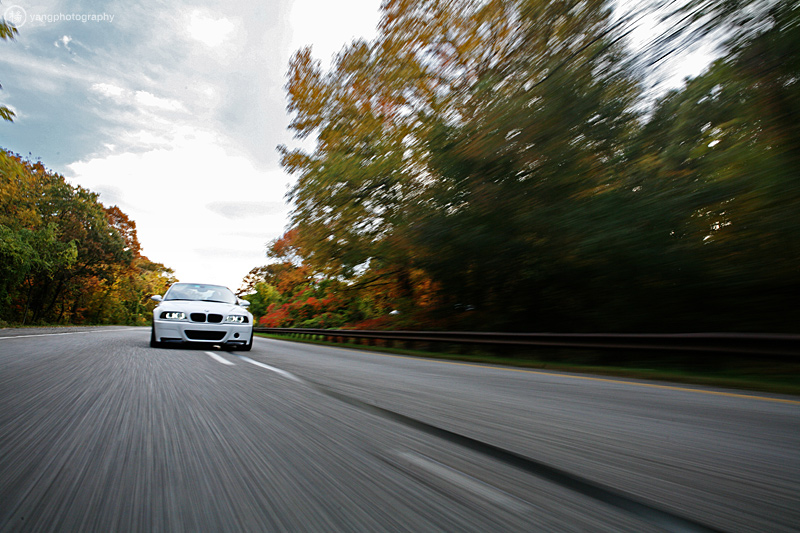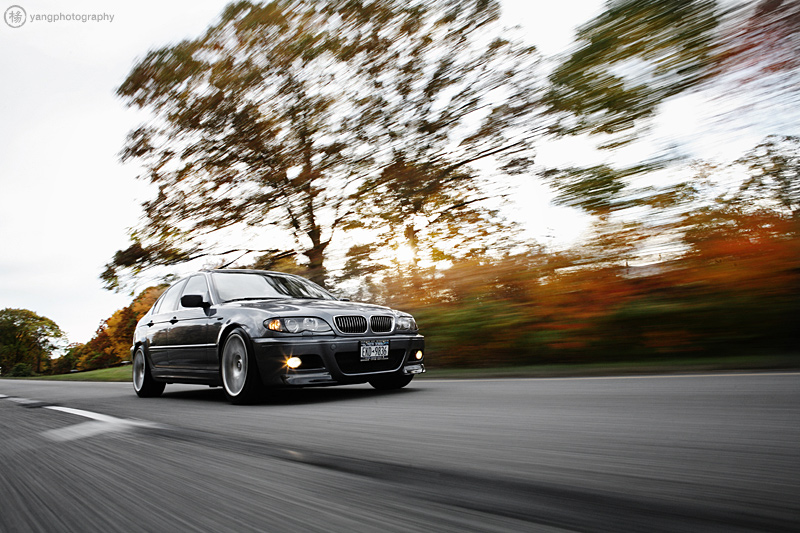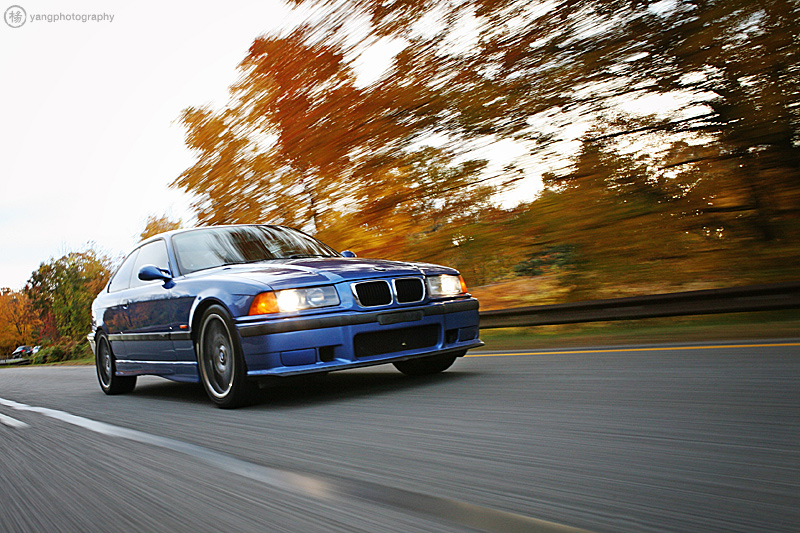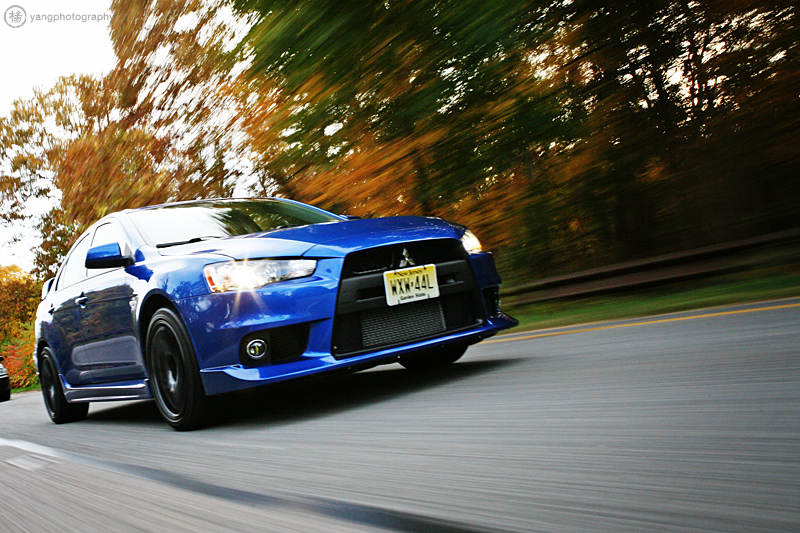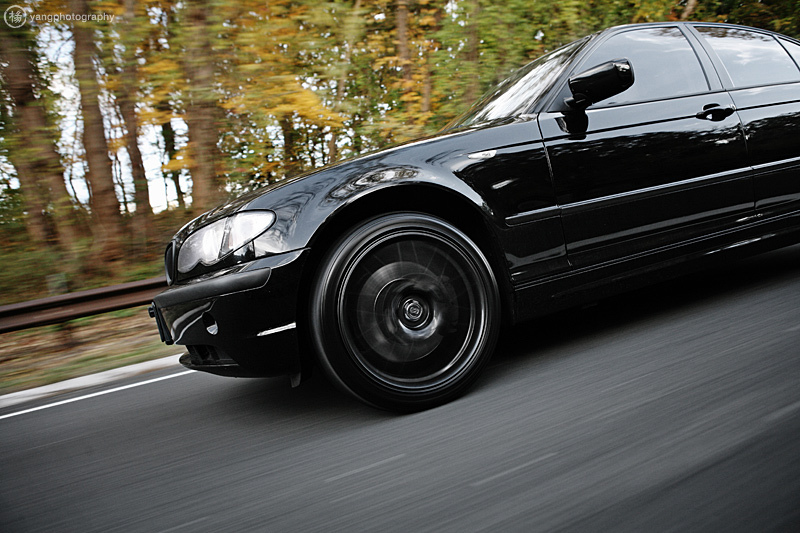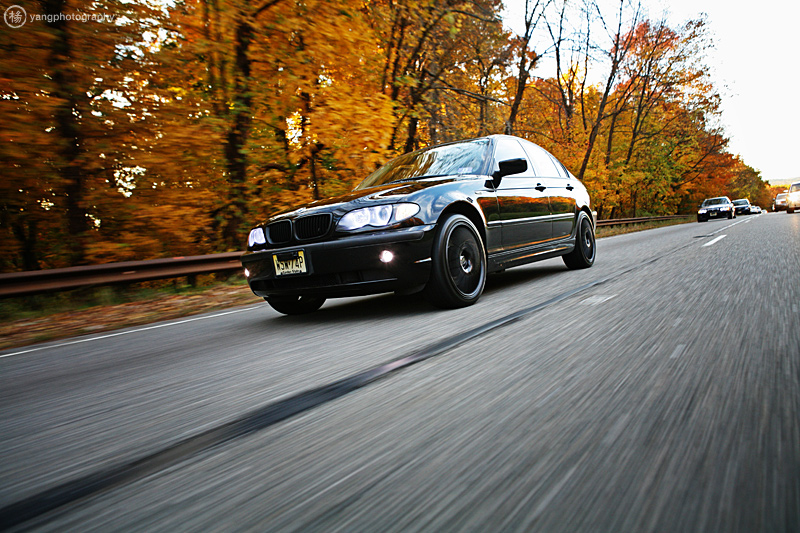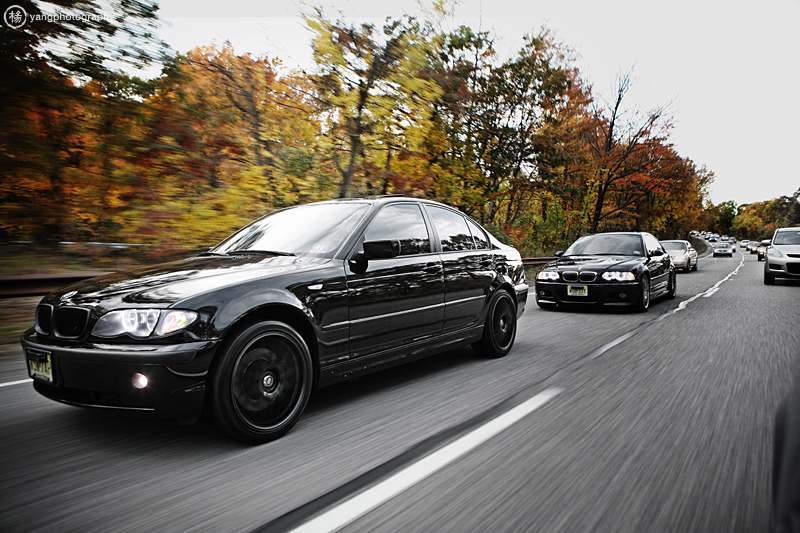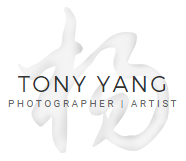
El Bob makes a new friend by covering her up with sand.

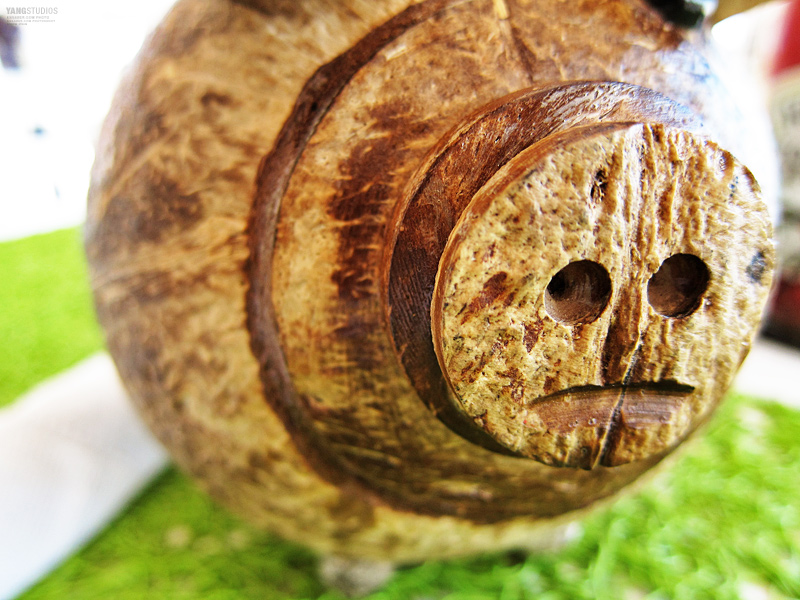

El Bob goes to one of his favorite locations, Palm Springs, CA. It’s the desert, where coconuts aren’t usually found – but El Bob likes to be different.

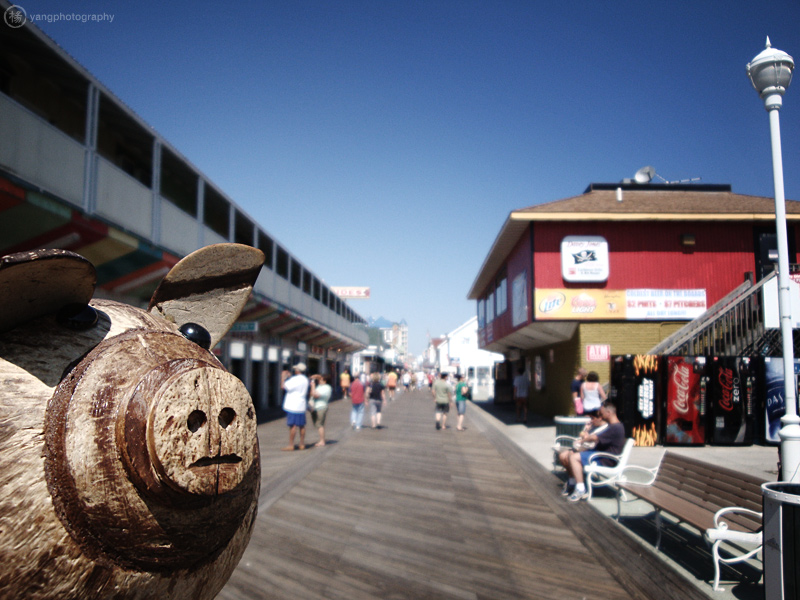
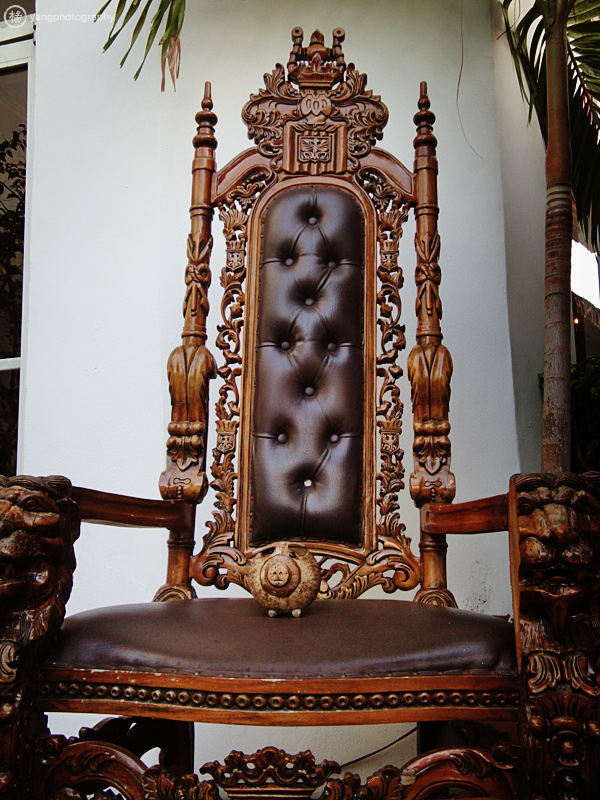
It’s been a while since El Bob’s been out of the house. Here are some older memories from 2009.
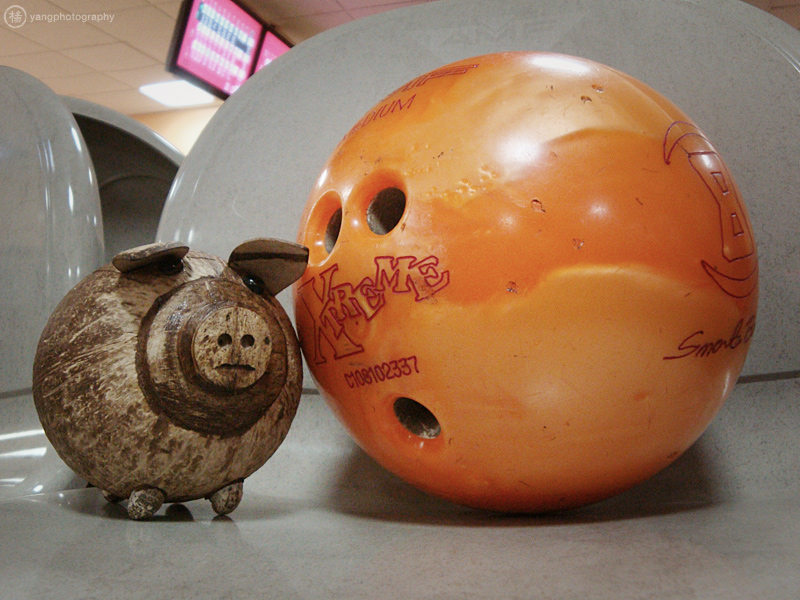
While most people understand the basic difference between wide angle and telephoto angle is how much you can see in an image, they do not realize there’s a change in perspective, distortion, and depth of field when you change from wide to telephoto. The same rules apply to all lens, whether it’s a DSLR or compact, if you learn the basic rules, you can become very effective in taking photos in the way you intended.
Wide angle would be considered 35mm or below, and telephoto would be 85mm and above.
Depth of field
Wide angle produces a larger depth of field while telephoto produces a more shallow depth of field. When you shoot wide at f/2.8, most of your scenery will still be in focus, whereas a telephoto at f/2.8 will be focused only one a certain point with everything else blurred due to more shallow depth of field.
Light
If you have a cheaper lens that does not stay at the same aperture when zooming in or out, you will lose light when zoomed into telephoto. A 70-200mm f/2.8L lens will stay at f/2.8 from 70mm all the way to 200mm. A cheap 55-135mm f/3.5-5.6 lens will change from a maximum of f/3.5 at 55mm to f/5.6 at 135mm, you already know that you’re losing light just by zooming in. Even though a compact point and shoot does not list the specs, the same rules apply, the more you zoom in, the less light comes in. Never zoom in without flash or tripod when shooting indoors on a compact!
Distortion/Perspective
As you change from wide angle to telephoto, the perspective and distortion changes. A more skewed perspective is not necessarily worse than an accurate one – you can use either to your advantage. In wide angle, the perspective is stretched, lines converge into a far-away vanishing point, objects closest to the lens are large, and become significantly smaller as they move away from the camera. This is why you can squish your loved ones between two fingers when you place it in front of a camera, there is a huge difference in size vs distance. A telephoto lens will keep the distortion at a minimum, the vanishing point is less obvious, and objects stay closer in size even at different distances.
Some real world examples include people photography. Why do people always suggest telephoto lens as a better portrait lens? That’s because a large telephoto lens will not distort a person, and keeps everything in proportion. Accuracy is important in most situations unless you specifically want to distort the subject. Ideally, it would be best to shoot a person with a lens anywhere between 100mm to 300mm, but you would have to stand half a block away! The same results apply to any object, like a car.
The wide angle photo has an extreme perspective, the front of the car is extremely large and scales down dramatically as it moves away from the camera. The dumpster shrinks a lot, and the pickup truck in the background is only about the size of my rear view mirror. You know for a fact this is not an accurate size in real life – you know it’s perspective.
The telephoto view is much less distorted, the car has more proper proportions, the dumpster grew in size. Even though the car fills in the same amount of space in the picture frame, you will notice a lot less of the background is visible. The telephoto lens narrows its field of view. Not only do objects get smaller, there is also a distortion as you look at the front of the car. You will notice the wide angle photo bulges or bends the front of the car into a much rounder shape – imagine doing that to a person’s face!
Which photo is better? That’s your opinion. An accurate representation may be your desire, or you can have a more artistically rendered representation of an object. I like the wide angle because it makes the hood aggressively larger than the mid-section – that is what a roadster is. I am emphasizing the “land shark” nickname of this car. The narrower windshield makes the car look more streamlined as well.
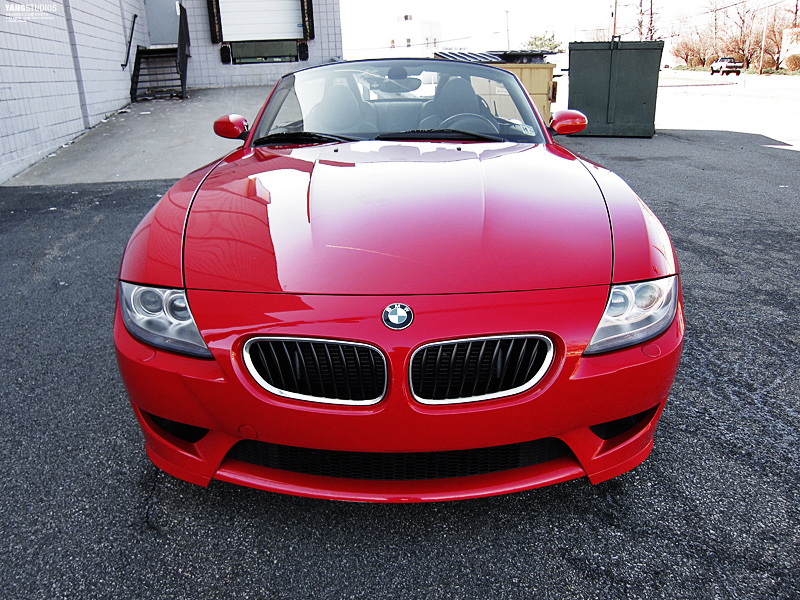
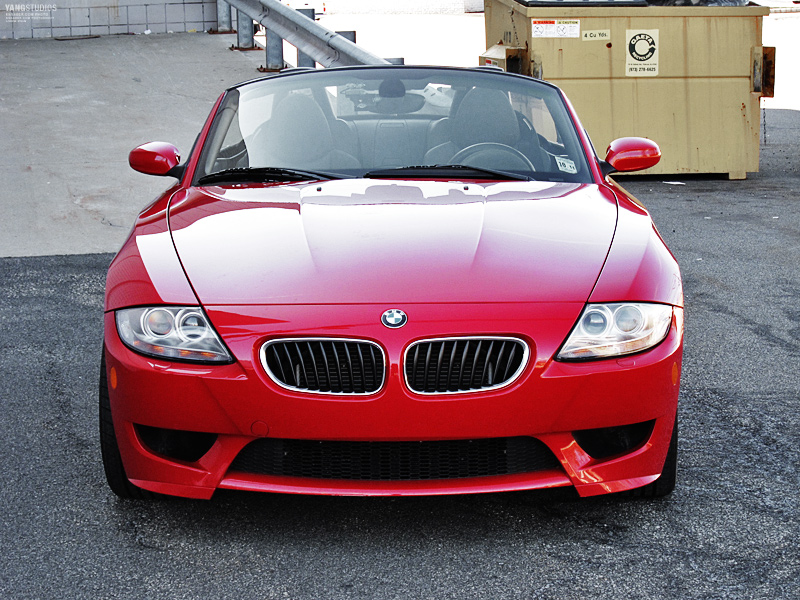
As if having a blacked out car wasn’t a magnet enough for the five-o, I’ve added a hot red roadster to the line up, Imola Red to be exact. There’s enough trunk space to fit my camera bag and a weekend getaway bag. All photos taken with a Canon S90.
2007 BMW M Roadster

This past Sunday was the most ideal weather and time of year to be taking car photos, so I organized a shoot with some friends and e46fanatics.com forum guys and girls. In fact, it was the best time of the year to take photos of absolutely anything outdoors. Without professional rigging or planning, I just had people show up and I’d wing the shoot just like I do for every other shoot of mine.
My camera rig was a Canon 5D, Canon 24-70mm 2.8L with 8x ND filter on a ball-head mount with a metal pole and clamp and wired remote, handheld outside the car at 45-50mph. We drove on Palisades Parkway which is probably one of the smoothest and cleanest highways so I wasn’t worried about rocks chipping my equipment. Shutter speeds of about 1/60 to 1/90 would be enough to create the blur. This was a first for me, and hopefully I can experiment more with cars in the future.
